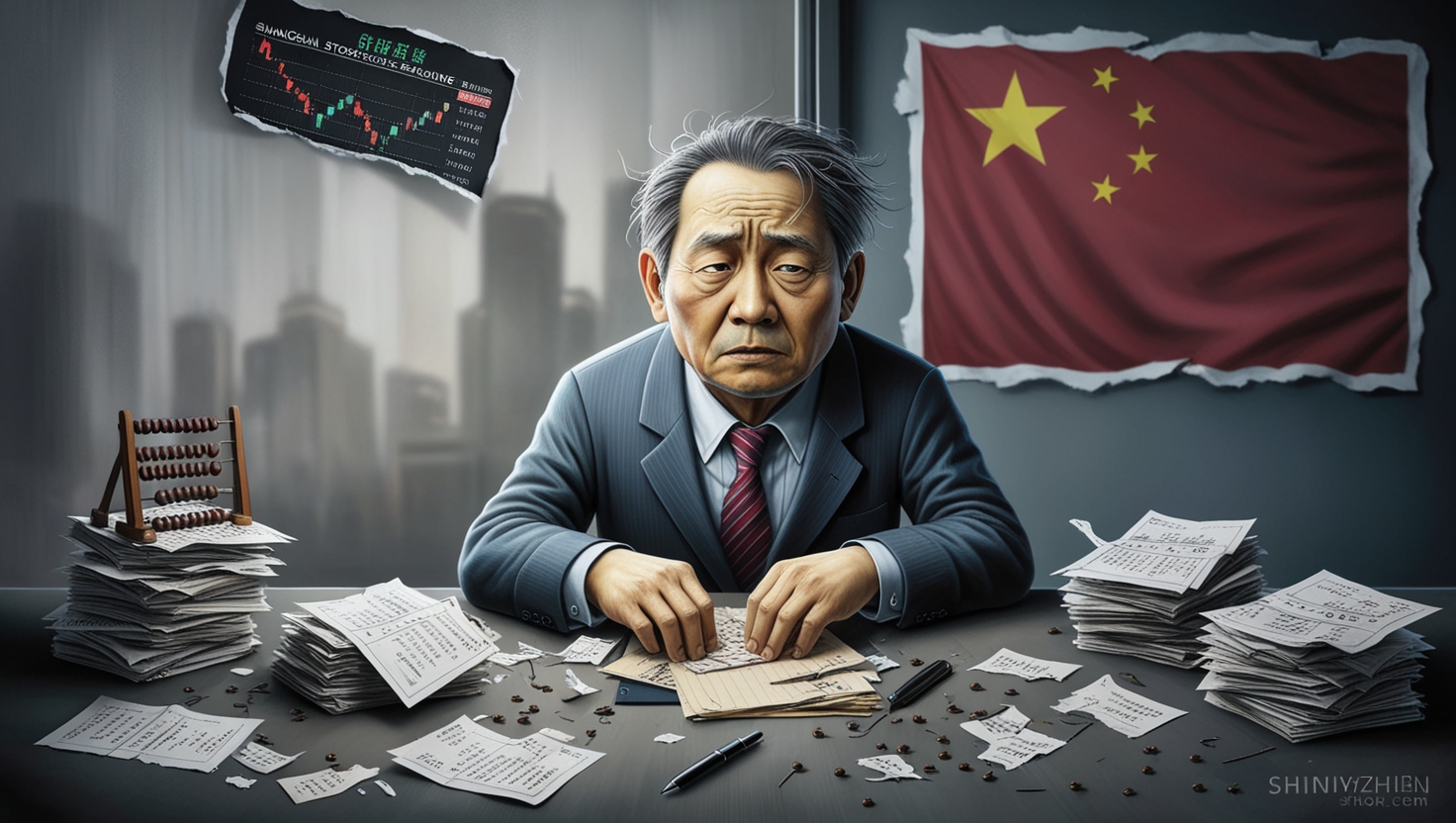China’s Economic Struggles: Navigating a Complex Landscape in 2024

China's Economic Struggles
China’s economy is facing significant challenges as it navigates a complex landscape marked by high youth unemployment, a struggling real estate sector, and deflationary pressures. The government’s attempts to stimulate growth through policies focused on high-tech industries and infrastructure development have met with mixed results, leaving many uncertainties for the year ahead.
Economic Overview
The Chinese economy has been grappling with a series of setbacks, including a notable decline in consumer confidence and private investment. Following the pandemic and the stringent zero-COVID policies, the anticipated economic rebound has not materialized as expected. Despite government projections of a 5% GDP growth target for 2024, many analysts argue that this figure may be overly optimistic given the current economic climate.
Youth Unemployment and Consumer Sentiment
One of the most pressing issues is the high rate of youth unemployment, which has reached alarming levels. This demographic struggle reflects broader trends of economic stagnation and a lack of confidence among consumers and businesses alike. Surveys indicate that a significant portion of the population feels less financially secure than in previous years, leading to decreased spending and increased savings as a precautionary measure.
The Real Estate Crisis
The real estate sector, once a cornerstone of China’s economic growth, is now in turmoil. The collapse of major developers like Evergrande has triggered a crisis that has far-reaching implications for the economy. With property sales plummeting and many developers facing liquidity issues, the government’s efforts to stabilize the market have been met with skepticism. The “Three Red Lines” policy aimed at controlling developer debt has resulted in reduced residential investment, further exacerbating the economic downturn.
Deflationary Pressures
China is also contending with deflation, a phenomenon that poses serious risks to economic stability. Falling prices have led consumers and businesses to delay purchases and investments, creating a vicious cycle of reduced demand and economic contraction. The government has been cautious in its response, with limited monetary easing measures that have not sufficiently addressed the underlying issues of weak aggregate demand.
Challenges for Foreign Investment
Foreign direct investment (FDI) in China has seen a significant decline, as geopolitical tensions and domestic economic uncertainties drive investors away. Many foreign firms are not only refraining from new investments but are also divesting existing assets. The government’s attempts to reassure foreign investors have been met with “promise fatigue,” as businesses remain doubtful about the effectiveness of proposed policy changes.
Future Outlook
Looking ahead, China’s economic trajectory remains uncertain. The government’s focus on transitioning to a high-tech, innovation-driven economy may provide long-term benefits, but immediate challenges must be addressed to restore confidence among consumers and investors. Without significant structural reforms and a renewed emphasis on stimulating domestic demand, the prospects for a robust economic recovery appear dim.In summary, China’s economy is at a crossroads, facing a myriad of challenges that require decisive action from its leadership. As the nation strives to regain its footing, the interplay between government policy, consumer behavior, and global economic conditions will be crucial in shaping its future.




